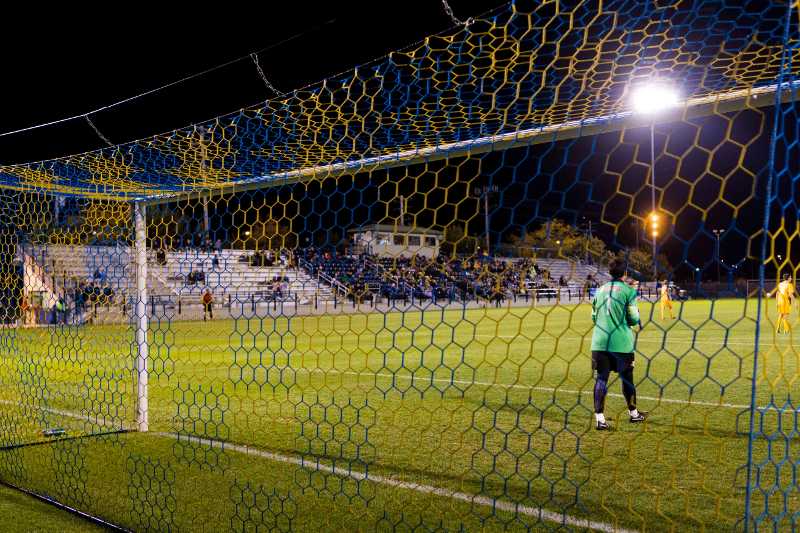In the 1970s, pitching in the MLB was at a sweet spot. Legendary pitchers like Nolan Ryan and Gaylord Perry would routinely pitch for complete games and injuries were much less common than they are today.
In recent years, there has been a trend of pitchers getting hurt early in the season. The best pitchers are deemed lucky if they can get through a year without a season-ending injury.
With many changes to the balls, rules and analytics pushing pitchers harder than ever before, the verdict is still out for what is causing this sudden uptick in arm injuries.
Fast forward to the infant stages of the 2024 season and many of the top aces around the league are already down for the count with injuries to their throwing arm.
All-Stars Spencer Strider and Shane Bieber along with upcoming star Eury Pérez all tore their UCL this season and will miss the entire season. In fact, 35% of MLB pitchers in 2023 suffered a UCL injury in their career.
This elbow crisis has only been getting worse. It is still a mystery of why so many pitchers are getting hurt but there are a lot of theories.
In 2002, the average fastball speed was 89 miles an hour. By 2023, it was all the way up to 94.
Maybe it was flamethrower Aroldis Chapman reaching 105 on his heater, but front offices around the league decided that velocity was key and paid the big bucks to the guys that could throw with some gas to it.
Many pitchers pitched their ideas on the effect of the push for maximum velocity. “There is a strong correlation between velocity and arm injuries. But there is also a strong correlation between velocity and not hitting the ball,” Steven Wilson, White Sox reliever, said.
Tommy John, a 4-time All-Star pitcher in the 70s, underwent groundbreaking UCL reconstruction surgery in 1974, allowing him to pitch for 13 more seasons.
Previously, players often relied on painkillers instead of surgery. Mickey Mantle and Sandy Koufax famously endured career-limiting injuries without such advancements.
The harder they throw, the more their numbers improve while their ligaments deal with the consequences. Throwing with full intention to reach new high speeds can lead to extreme damage on the unprepared arm.
The MLB has been undergoing a lot of change in the past few seasons in attempts to fix their dying fanbase.
One huge change was sticky substances being banned. Pitchers all around the league would create concoctions of sticky stuff that they would rub on the ball during their outings to hit new record spin rates. The harder you can spin the ball, the harder it is to hit.
Watching their sport slowly fade into irrelevancy made the MLB think hard and fast about change. All substances were banned and pitchers were routinely checked on their way to their dugouts.
After a few suspensions, and one pair of pants pulled down, many pitchers complained that they could no longer grip the ball. Many viewed them as cheaters getting exposed, but in the mean time, a lot of pitchers were suffering injuries.
The overexertion from pitchers attempting to reach max spin rates without any external help led to elbows being overworked.
The next change was the pitch clock. In an attempt to appeal to casual fans, pitchers felt more and more rushed and their bodies couldn’t keep up with their pace.
Analytics are the real driving force in the recent fundamental changes done in baseball. You can blame “Moneyball” for every player down to the minor leagues knowing their spin rates, or obscure stats like xERA or OPS+.
Every front office is turning their focus to analytics. Pitchers performing better on paper are now beating out the old fashioned methods many teams still deployed.
Sweepers, slambios, airbenders and ghost-forks are just a few types of unique pitches recently invented. The fixation on finding new off-speed pitches and creating a bountiful resume of pitches is leading to pitchers not being prepared to throw everything hard enough.
The MLB should stick with the basics and stop pushing pitchers past their limits. Some of the best in the game are sitting out entire seasons due to an obsession with advanced numbers and pushing the limits. Throwing at comfortable speeds and on their own time may allow pitchers to stay healthy.
This story was written by Conor McPherson. He can be reached by email at [email protected] or on X at @ConorMcPherson.






